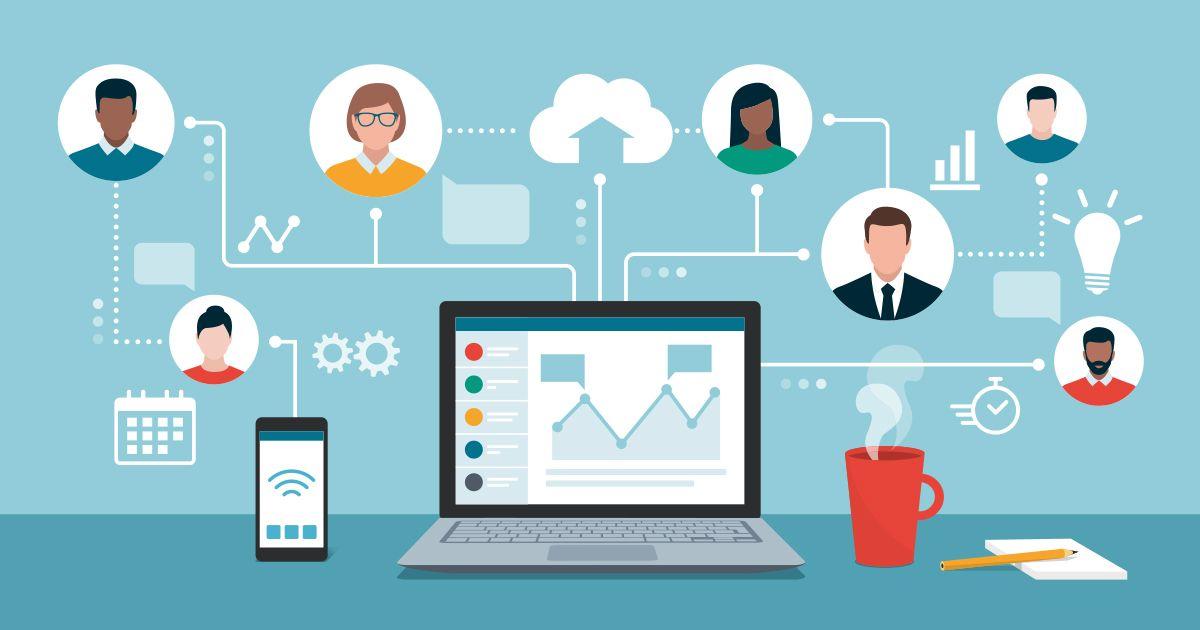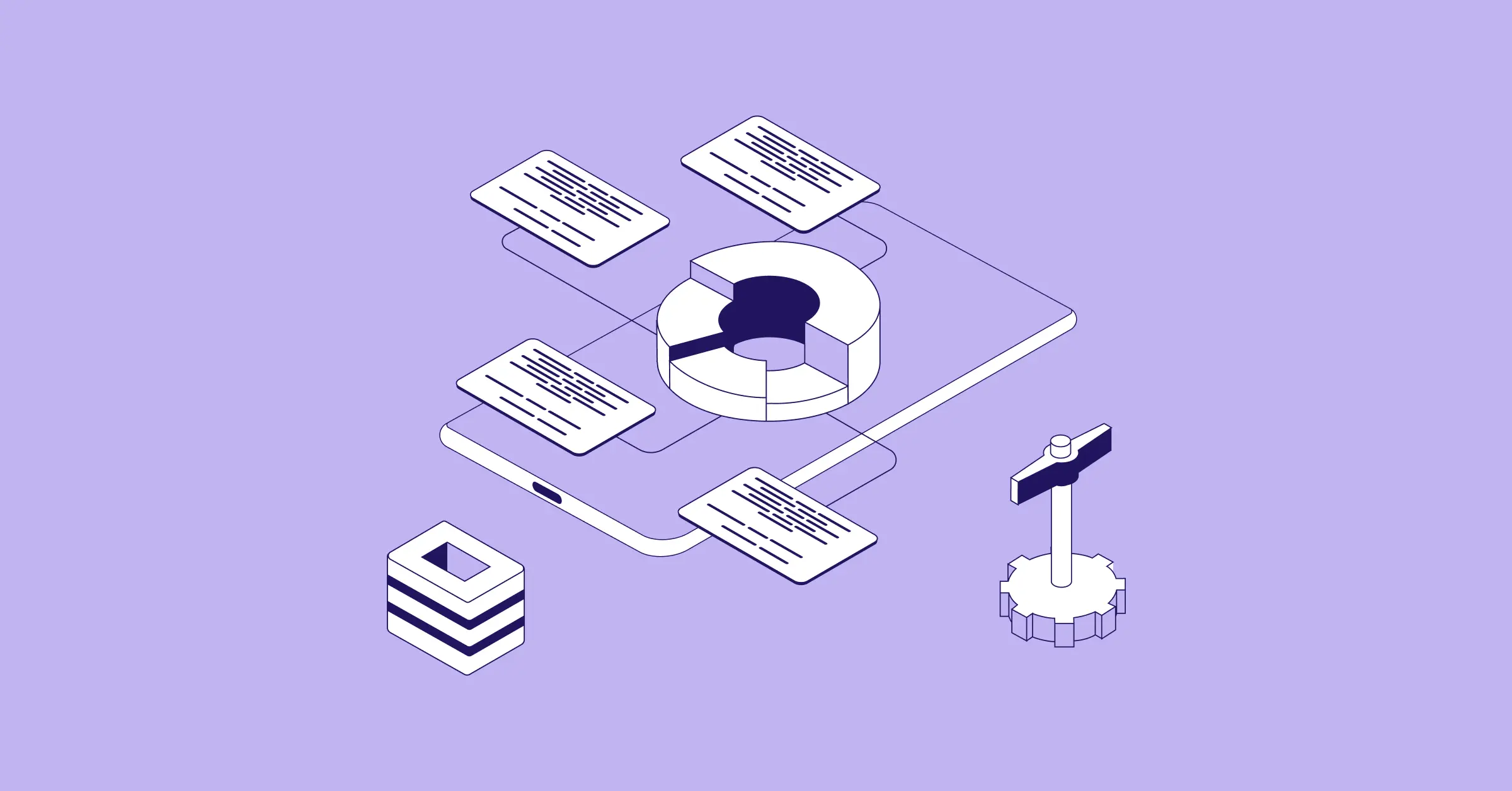November 03, 2022
An Introduction to Accounting Automation

Sign up for our newsletter
Stay informed with the latest trends and best practices in finance and procurement.

Automation in accounting is no longer the wave of the future. Instead, it is the tool of choice many modern businesses use to minimize errors and improve productivity. To keep your business competitive and increase overall levels of operational efficiency, it will be necessary to implement some form of accounting automation into the accounting process. Companies once relied solely on Excel and, later, on Excel formulas to manage their accounting processes.
However, this proved to still be time-consuming and prone to error. Since the advent of automation, businesses can now leverage technology to make considerable strides in more efficiently managing their accounting needs. Learning more about accounting automation and the various available options will be indispensable as you move towards automating vital aspects of your accounting systems.
This article will cover the following topics:
- The prior scarcity of automation options outside of payroll
- What is accounting automation?
- Most common automation technologies
- Processes/operations that can be automated using these technologies
- Choosing the right automation tool with PayEm
What is Accounting Automation?
Accounting automation describes the process of using artificial intelligence (AI) tools to perform tasks that would otherwise be repetitive and redundant. Activities include payroll, paying outstanding bills, general ledgers, expense reports, and many other financial and accounting processes. With the introduction of automation tools, the time spent completing these repetitive tasks is drastically reduced, and the margin for error becomes much smaller.
Common Accounting Automation Types
Automation in accounting is unarguably a necessity in today’s fast-paced business climate. From outdated excel sheets and old-fashioned filing cabinets to state-of-the-art accounting automation software, the industry has come a long way. It’s essential to keep the business accounting processes current and up to date regarding the leading edge options available in accounting automation today. Below are the most common automation types used in the accounting sector to eliminate repetitive tasks, reduce errors, and increase productivity.
RPA
One of the most common types of technology used for accounting automation is RPA. RPA or robotics process automation is a type of artificial intelligence (AI) that utilizes screen scraping to decode how a user interacts with native elements to finish a task. The software then replicates these steps to create an automated process. RPA is often used in accounting automation for accounts payable, payroll processing, and closing financial accounts.
NLP
NLP (Natural Language Processing) is a type of artificial intelligence that can interpret human speech. It can recognize human language tonalities and syntax and uses this to prioritize emails and message correspondences. NLP is handy when it comes to accounting, as it assists with prioritizing important correspondences so that companies can save time and focus on more critical endeavors.
OCR
OCR is a type of automation technology frequently used when automating certain accounting tasks. OCR stands for optical character recognition and works by extracting data from written text and formatting them into editable files. This technology is instrumental in accounting, where stakeholders must transfer many instances of written text and data into documents. From inputting expense report data to automatically generating invoices, OCR technology is one of the most popular accounting automation types.
ML
ML, or machine learning, is a type of artificial intelligence that uses patterns to make rules in automation. With machine learning, the software picks up data and compiles subsets of information to create predictive outcomes. Machine learning is effective when used in conjunction with accounting automation, as it helps generate forecasting models to predict future cash flow for a company.
WLA
Another type of accounting automation technology used to increase efficiency and save time is workload automation (WLA). With workload automation, the technology works to define, schedule, and carry out tasks on various platforms. One common type of WLA automation frequently used in accounting is Record to Report (R2R). R2R describes different sectors’ data collecting processes and compiles them into financial statements. These statements are then created into reports and can be analyzed and used by the finance department.
ERP Software
ERP, or enterprise resource planning, is a type of software businesses use to manage their internal processes. ERPs are used in sales, procurement, production, accounting, and more. ERP technology is not solely used for accounting but also as a general resource planner for many different business processes.
Accounting Processes That Can Be Automated
There are specific accounting tasks that can be automated to help reduce the time spent completing them. These highly repetitive tasks can be simplified and human error reduced by shifting from manual to automated processes.
Consider automating these accounting tasks:
- Payroll
- Bank reconciliation
- Expense management
- Accounts payable
- Accounts receivable
- Tax compliance
These main tasks are the primary areas in accounting where automation would prove to be highly beneficial. Any repetitive accounting task can benefit from using automation to speed up the process and reduce the incidences of human error.
Choosing the right automation tool
It’s essential to choose the right automation tool based on what your specific accounting processes entail. Selecting the best software and automation tools based on your particular needs will be imperative in establishing effective workflows to ensure that all your accounting processes are managed efficiently. One of the primary considerations to make is to select software that is compatible with your current platforms and tools.
Two Options For Automating Accounting
There are two main options for automating your accounting systems and processes. These include:
- Integrating separate applications using native integration.
- Using end-to-end third-party automation platform that integrates with your ERP systems.
The first option is like trying to piece together separate software that was never meant to work cohesively with other tech stack elements. This is doable, but there are many areas where the disparate systems simply don’t connect, leaving much to be desired when designing a cohesive workflow. The latter option is the ideal solution that works with your existing tech stack and will provide greater efficiency in the long term.
One of the leading edge options in accounting automation is PayEm. PayEm is an all-in-one connected finance solution that helps to automate critical financial and accounting processes. PayEm can unite disparate business processes and combine all resource management in one cohesive dashboard, resulting in the following:
- Simplified multi-territory management
- Automated and connected finance systems
- Automated approvals
- Auto categorize and sync with existing ERP systems
- Issue virtual or physical cards for better spending control
- Real-time data analytics and visibility
- Set payment rules and limits for better compliance
Ultimately, the PayEm platform uses many individual automation systems, such as machine learning and OCR, to make life easier for finance and accounting departments. If you’re looking to save time and resources while increasing productivity? Then consider automating your accounting processes with PayEm. Contact PayEm’s experts for a commitment-free, no-cost demo of the platform.


